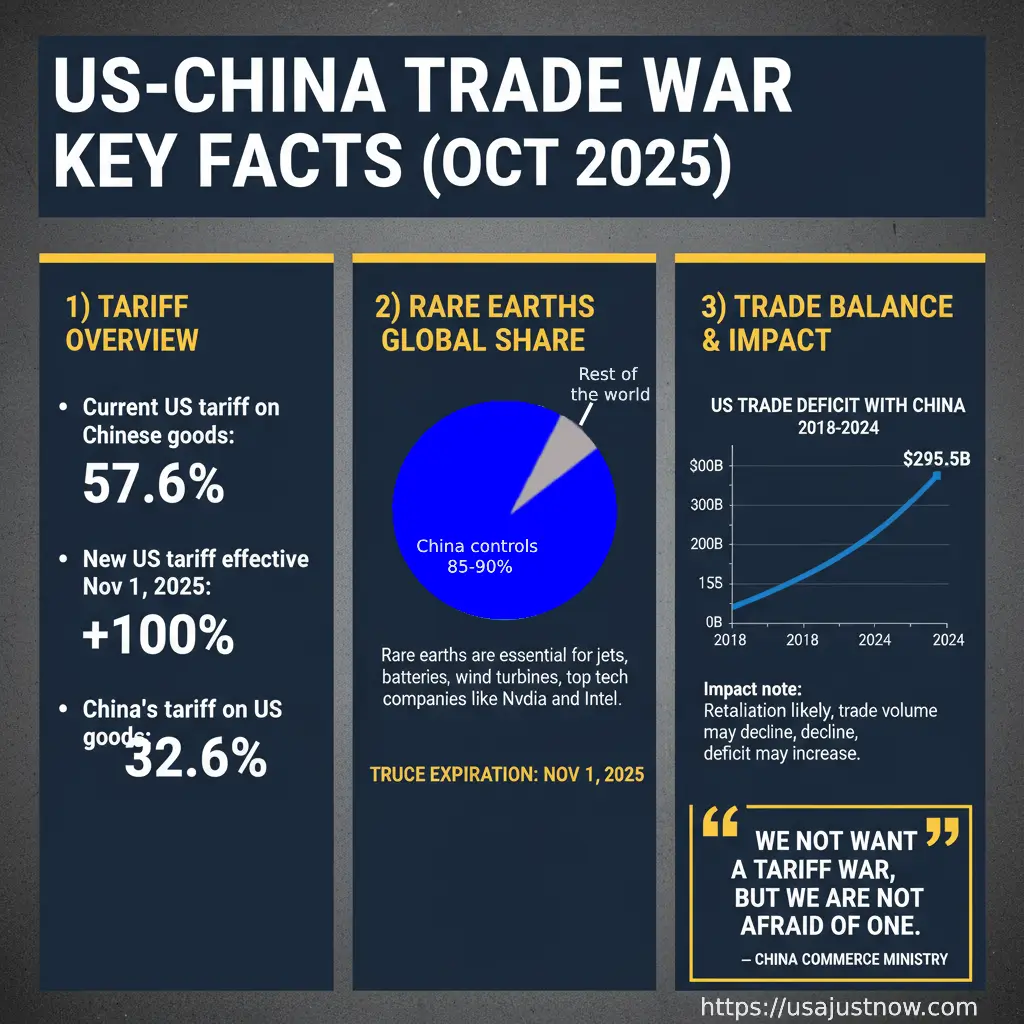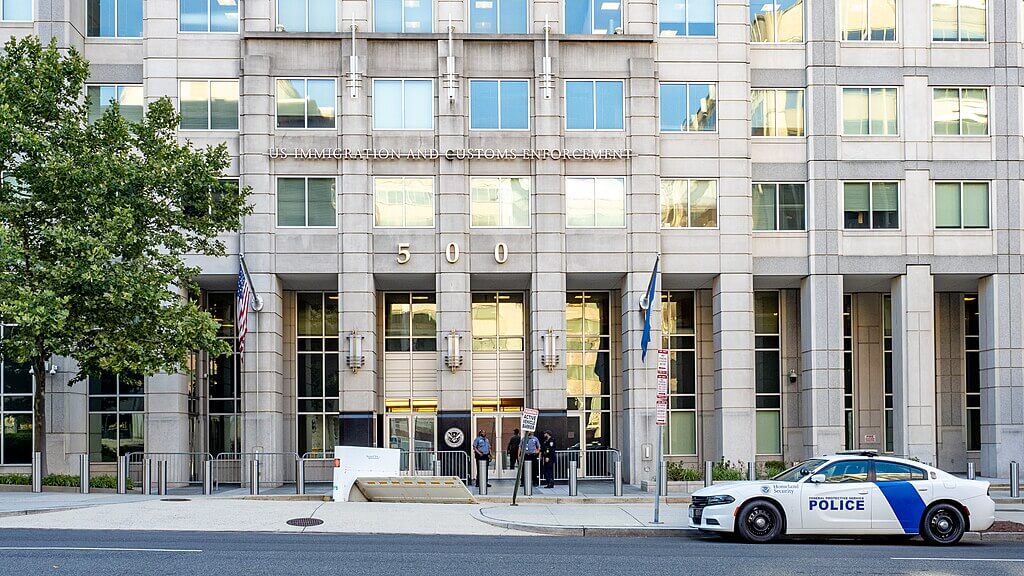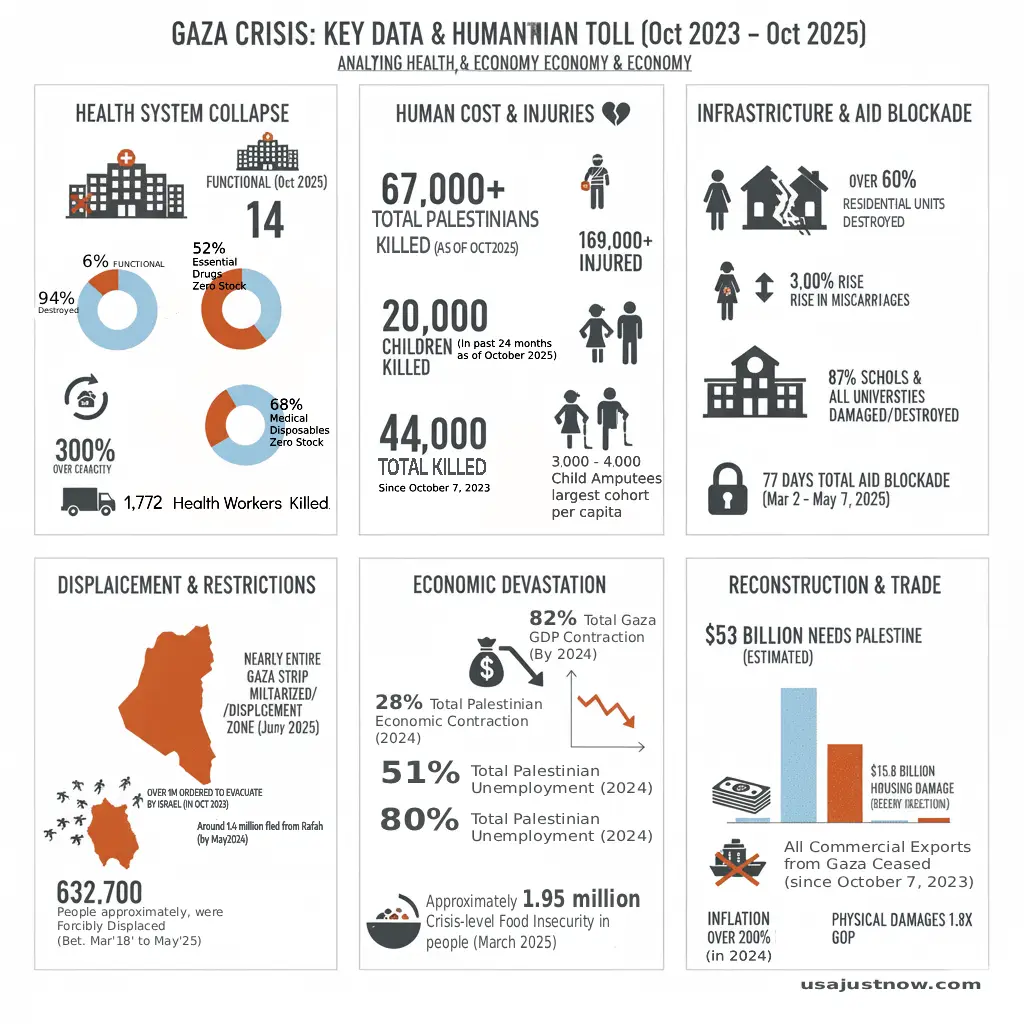The stock markets, globally are watching as the US-China Trade War, which is Reignited with 100% Tariff Threat by Trump. Certainly, this escalation is a testament to the perpetual cycle – how the 100% tariff threat echoes a decade of US-China trade conflict.
The world’s two largest economies US and China have exploded back into the news headlines. As U.S. President Donald Trump declared that as “in a trade war” and also threatened to impose an astounding 100% additional tariff on the Chinese imports, starting November 1st. This is a direct response to Beijing’s recent imposition of strict new export controls on critical rare-earth elements, which are critical for global high-tech and defense Industries.
A fresh jolt of this escalating tension has created an uncertainty through global markets. The possibility of a full-blown trade war typically causes anxiety in investors, the markets currently is showing a mixed sentiment. Asian stock indices saw gains, which was driven by strong corporate earnings, especially in the tech sector, and yet safe-haven assets like gold simultaneously also soared to a record high, which is reflecting an underlying fear of economic instability.
Diplomacy vs. Brinkmanship: The Path to a Crucial Summit
This announcement of President Trump has come public, just ahead of a planned meeting with Chinese President Xi Jinping in South Korea later this month which is very crucial. It underscores a complex strategy of brinkmanship. Scott Bessent, the U.S. Treasury Secretary, has however, attempted to offer a diplomatic off-ramp, suggesting the administration would consider extending a pause on high tariffs for more than three months, but only if China concedes on its rare-earth export curbs on US.
As the rhetoric from both sides has intensified where Secretary Bessent publicly denounced a Chinese trade official as an “unhinged wolf warrior” for an uninvited visit to Washington, which signaled growing frustration within the U.S. administration. On the other side, China’s side, a commerce ministry spokesperson has firmly stated that while Beijing remains open to negotiation, it is equally prepared to “fight to the end” this trade war. In such clear sign of reciprocal pressure, China’s market regulator also launched an anti-monopoly probe into the American semiconductor giant, Qualcomm, which is coinciding with the 100% tariff threat.
The deadline of November 1st, for the new 100% tariff looms large, which is forcing businesses and consumers to prepare for potentially undesirable massive price hikes and severe disruptions in supply chain.
A Decade of Economic Volatility: The US-China Trade War History
The current US-China clash is the latest chapter added in the existing economic relationship extended over a decade. The U.S.-China trade war was formally initiated under first Trump administration in January 2018, with the U.S. raised longstanding issues of intellectual property theft and unfair trade practices as the basis for imposing initial tariffs.
Which then saw a temporary de-escalation with the signing of the “Phase One” trade deal in January 2020, and China agreed to increase its purchase of American goods, but that commitment was not fully met. After Trump, Under the Biden’s administration, the core tariffs were maintained, and some new restrictions were added by US on strategically important sectors like electric vehicles and solar panels etc. The second administration of Trump has marked a significant escalation this year in 2025. Increasing the average tariffs to their highest levels yet – briefly reaching over 145% on Chinese goods before a mutual, temporary reduction in May. The on-going trade conflict over rare-earth minerals and Trump’s threat of 100% tariff threat shows that there are underlying core issues that remained unresolved, which is keeping the global economy constantly on edge.
Data Table: US-China Trade Conflict Key Specifications (October 2025)
The table below synthesizes key economic data points, current tariff rates, and the strategic materials at the center of the renewed trade war.
| Metric | Specification/Value | Source Context | Impact of New Threat |
|---|---|---|---|
| Current Average US Tariff on Chinese Goods | ~57.6% | Applied on 100% of Chinese imports (pre-October 2025 escalation) | Forms the baseline for the “additional 100% tariff.” |
| New U.S. Tariff Threat | Additional 100% (starting Nov. 1) | Announced by President Trump in response to China’s rare-earth export controls | Potential Effective Total Tariff: 140% – 158%. |
| China’s Current Average Tariff on U.S. Goods | ~32.6% | Applied on 100% of U.S. exports to China. | Expected to rise significantly in retaliation if the U.S. implements its full threat. |
| U.S. Goods Trade Deficit (2024) | $295.5 Billion | U.S. imports exceeded exports by this amount in 2024. | Further escalation is projected to reduce overall trade volume but may not eliminate the deficit. |
| Rare Earth Processing Control (Global Share) | 85% – 90% | China’s estimated share of the global capacity for processing Rare Earth Elements (REEs). | This dominance gives China significant leverage over global high-tech and defense supply chains. |
| Tariff Truce Expiration Date | November 1, 2025 (or sooner) | The deadline set by the U.S. for the new 100% tariff to take effect. | This is the hard deadline for a potential diplomatic resolution. |
| Historical Tariff Peak (Spring 2025) | U.S. Tariff: ~145% China Tariff: ~125% | Brief, temporary peak reached in a tit-for-tat escalation in April/May 2025, demonstrating prior volatility. | Shows the conflict has briefly reached—and surpassed—the newly threatened levels before a reduction. |








